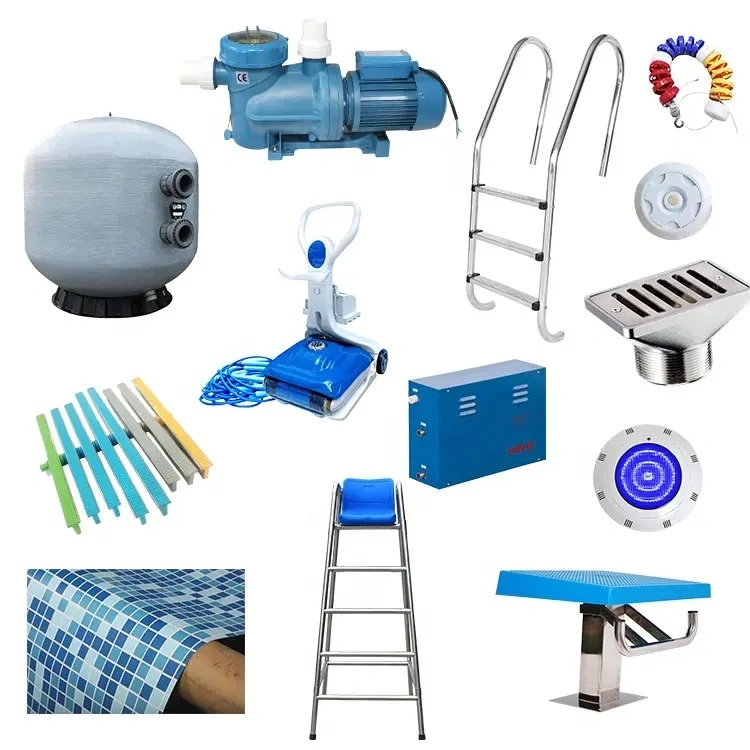
,文章长度在1000字左右
html
Swimming Pool Maintenance Essentials: Keeping Your Pool Clean and Safe
A well-maintained swimming pool is the cornerstone of a safe and enjoyable swimming experience. Whether you own a residential pool or manage a commercial one, understanding the essentials of pool maintenance is crucial. From water chemistry to cleaning routines, this guide covers everything you need to know to keep your pool in pristine condition.
1. Balancing Water Chemistry
Proper water chemistry is the foundation of pool maintenance. Imbalanced water can lead to algae growth, skin irritation, and even damage to pool equipment. Here are the key parameters to monitor:
- pH Levels: Maintain between 7.2 and 7.8 for optimal comfort and equipment longevity
- Chlorine: Keep free chlorine levels at 1-3 ppm to effectively sanitize the water
- Total Alkalinity: Should be between 80-120 ppm to help stabilize pH
- Calcium Hardness: Ideal range is 200-400 ppm to prevent surface damage
2. Regular Cleaning Routine
Consistent cleaning prevents buildup and maintains water clarity. Essential cleaning tasks include:
Skimming and Vacuuming
Remove leaves and debris daily with a skimmer net. Vacuum the pool floor weekly to eliminate dirt and sediment that settles at the bottom.
Brushing Walls and Tiles
Use a pool brush to scrub walls, steps, and tiles at least once a week to prevent algae growth and calcium buildup.
Filter Maintenance
Clean or backwash your filter according to manufacturer recommendations. A clean filter ensures efficient water circulation and proper chemical distribution.
3. Essential Pool Products
Stocking up on the right pool products makes maintenance easier and more effective:
Sanitizers
Chlorine tablets, liquid chlorine, or alternative sanitizers like bromine keep your water free from harmful microorganisms.
Algaecides
Preventive algaecides help stop algae before it starts, while treatment algaecides eliminate existing growth.
Shock Treatments
Weekly shocking oxidizes contaminants and restores chlorine effectiveness, especially after heavy pool use or rainstorms.
Water Testing Kits
Digital testers or test strips allow you to monitor chemical levels accurately and make necessary adjustments.
4. Seasonal Maintenance
Different seasons require specific maintenance approaches:
Summer Care
Increase cleaning frequency due to higher usage. Monitor chemical levels more often as heat and sunlight affect chlorine effectiveness.
Winterizing
For colder climates, properly winterize your pool by balancing chemicals, lowering water level, and using a winter cover.
Spring Opening
Remove debris, clean filters, and shock the pool before restarting the system for the swimming season.
5. Safety Considerations
Beyond cleanliness, pool safety should never be overlooked:
- Maintain proper chemical levels to prevent skin and eye irritation
- Keep safety equipment like life rings and shepherd’s hooks accessible
- Ensure proper fencing and gates meet local safety codes
Keyword: pool products
